

α-Irone or Methyl alpha-iononeis a natural aromatic ketone known for its rich, elegant orris-like scent for fragrance needs. Found in trace amounts in iris root (orris butter), α-Irone or simply called as Irone is used as a key component in violet, floral, and woody fragrances. Due to its high cost in natural form, it is often synthesized for fine fragrance formulations and luxury perfumery. High-value orris-type ketone for premium perfumery, offering longevity and soft floral depth. It builds complexity in violet, woody, and powdery fragrance profiles and is deeply preferred for its excellent blending characteristics in luxury compositions. It is also known as 6-Methyl ionone.


α-Irone or Methyl alpha-iononeis a natural aromatic ketone known for its rich, elegant orris-like scent for fragrance needs. Found in trace amounts in iris root (orris butter), α-Irone or simply called as Irone is used as a key component in violet, floral, and woody fragrances. Due to its high cost in natural form, it is often synthesized for fine fragrance formulations and luxury perfumery. High-value orris-type ketone for premium perfumery, offering longevity and soft floral depth. It builds complexity in violet, woody, and powdery fragrance profiles and is deeply preferred for its excellent blending characteristics in luxury compositions. It is also known as 6-Methyl ionone.

.3d8f8f41.svg)
Flavors & Fragrances
.3556d45a.svg)

Fragrance Ingredients
.7767eb0f.png)

Chemical Properties & Specifications
Used in orris, violet, powdery, and chypre accords
Adds a natural orris nuance with excellent substantivity
Low-dose usage in creams, lotions, and hair products
High-end scented candles and air care
Not used in flavors due to regulatory and olfactory limits
*Effective from ~0.01–0.1% in finished product *Natural Equivalent: Found in iris root oil but usually synthesized for commercial use *Stable in Alcoholic Bases: Ideal for EDP/EDT *Compatible with Florals and Woods: Blends with violet, rose, sandalwood, ambers

CAS No. : 1309-64-4
Category : Inorganic Chemicals
Sub-Category : Flame Retardant
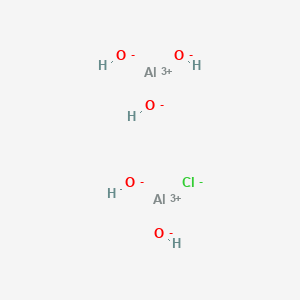
CAS No. : 1327-41-9
Category : Inorganic Chemicals
Sub-Category : Metal-Based Coagulants
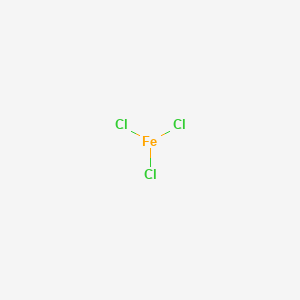
CAS No. : 7705-08-0
Category : Inorganic Chemicals
Sub-Category : Metal-Based Coagulants
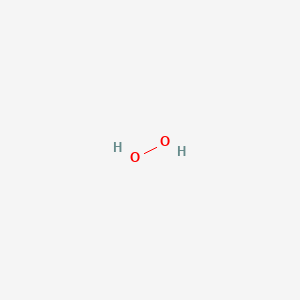
CAS No. : 7722-84-1
Category : Inorganic Chemicals
Sub-Category : Peroxides & Oxidizing Agents
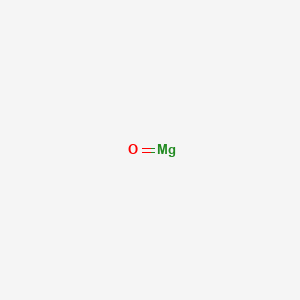
CAS No. : 1309-48-4
Category : Inorganic compound
Sub-Category : Flame Retardant

CAS No. : 13463-67-7
Category : Pigments & Colorants
Sub-Category : Inorganic Pigments
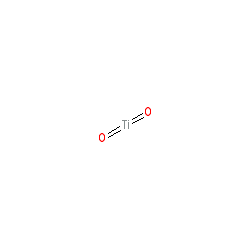
CAS No. : 13463-67-7
Category : Pigments & Colorants
Sub-Category : Inorganic Pigments

CAS No. : 13463-67-7
Category : Pigments & Colorants
Sub-Category : Inorganic Pigments
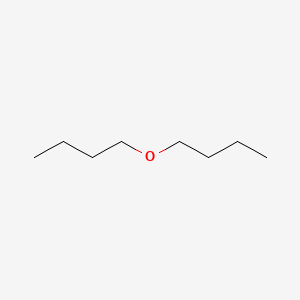
CAS No. : 142-96-1
Category : Solvents & Carriers
Sub-Category : Ethers & Ether-Based Solvents
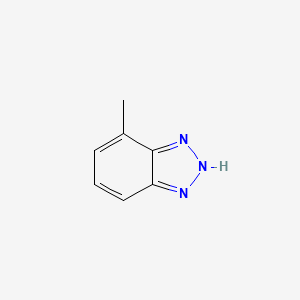
CAS No. : 29385-43-1
Category : Specialty Polymers & Additives
Sub-Category : Corrosion Inhibitor Additives

CAS No. : 25322-69-4
Category : Specialty Polymers & Additives
Sub-Category : Polyether Polyols
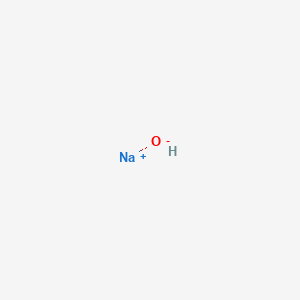
CAS No. : 1310-73-2
Category : Inorganic Chemicals
Sub-Category : Alkalis & Bases
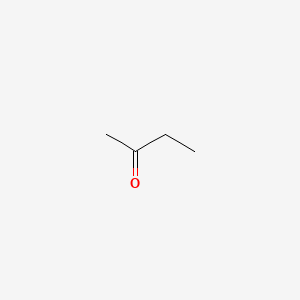
CAS No. : 78-93-3
Category : Base Chemicals & Intermediates
Sub-Category : Ketones & Solvents
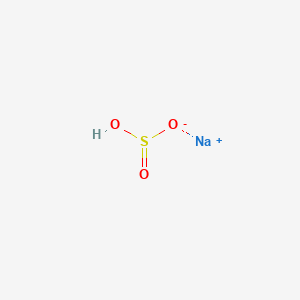
CAS No. : 7631-90-5
Category : Inorganic Chemicals
Sub-Category : N/A
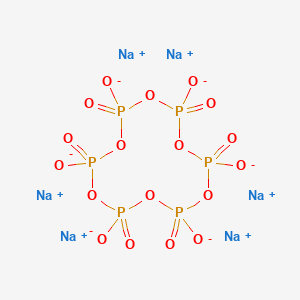
CAS No. : 10124-56-8
Category : Inorganic Chemicals
Sub-Category : N/A

CAS No. : 5329-14-6
Category : Inorganic Chemicals
Sub-Category : Acid Derivatives

CAS No. : 100-44-7
Category : Organic Intermediates
Sub-Category : Chlorinated Aromatic Compounds
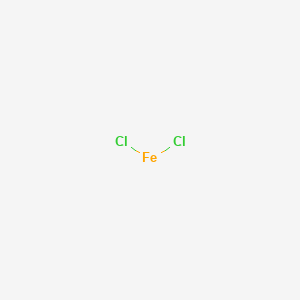
CAS No. : 7758-94-3
Category : Inorganic Chemicals
Sub-Category : Metal Halides

CAS No. : 1314-13-2
Category : Inorganic Chemicals
Sub-Category : N/A
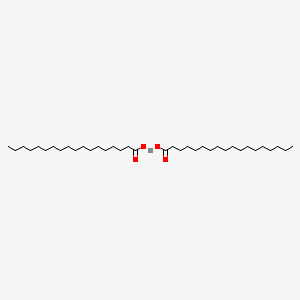
CAS No. : 136-53-8
Category : Inorganic Chemicals
Sub-Category : Metal Carboxylates
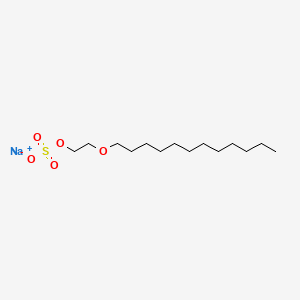
CAS No. : 9004-82-4
Category : N/A
Sub-Category : N/A
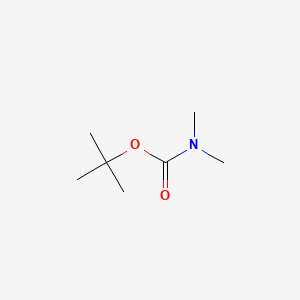
CAS No. : 61788-93-0
Category : Surfactants & Emulsifiers
Sub-Category : Fatty Amines
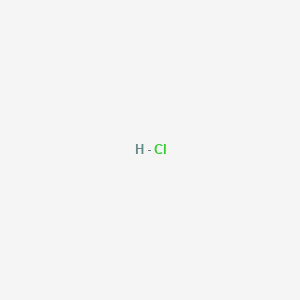
CAS No. : 7647-01-0
Category : Inorganic Acids
Sub-Category : Mineral Acids
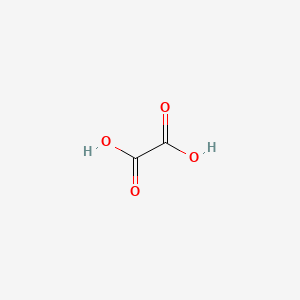
CAS No. : 144-62-7
Category : Organic Acid Derivatives
Sub-Category : Dicarboxylic Acids

CAS No. : 17465-11-3
Category : Organic Intermediates
Sub-Category : Aromatic Sulfonates

CAS No. : 7704-34-9
Category : Inorganic Chemicals
Sub-Category : Sulfur & Derivatives

CAS No. : 77-92-9
Category : Food Ingredients
Sub-Category : Flavor Enhancers

CAS No. : 7631-90-5
Category : Inorganic Chemicals
Sub-Category : N/A

CAS No. : 10124-56-8
Category : Inorganic Chemicals
Sub-Category : N/A

CAS No. : 9005-65-6
Category : Surfactants & Emulsifiers
Sub-Category : N/A
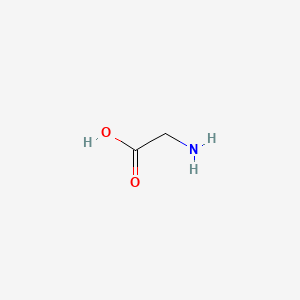
CAS No. : 56-40-6
Category : Nutraceutical Ingredients
Sub-Category : Amino Acids & Proteins
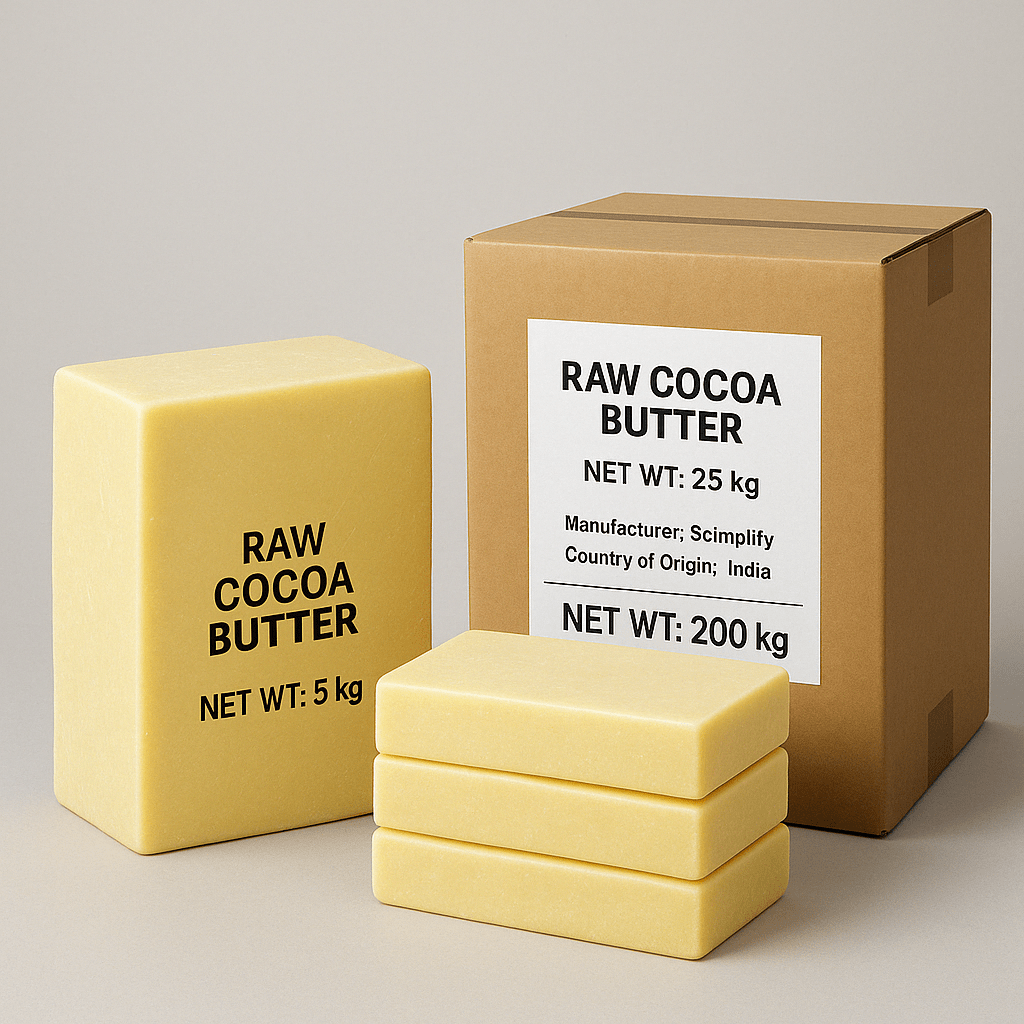
CAS No. : 8002-31-1
Category : Food Ingredients
Sub-Category : Cocoa & Chocolate Derivatives
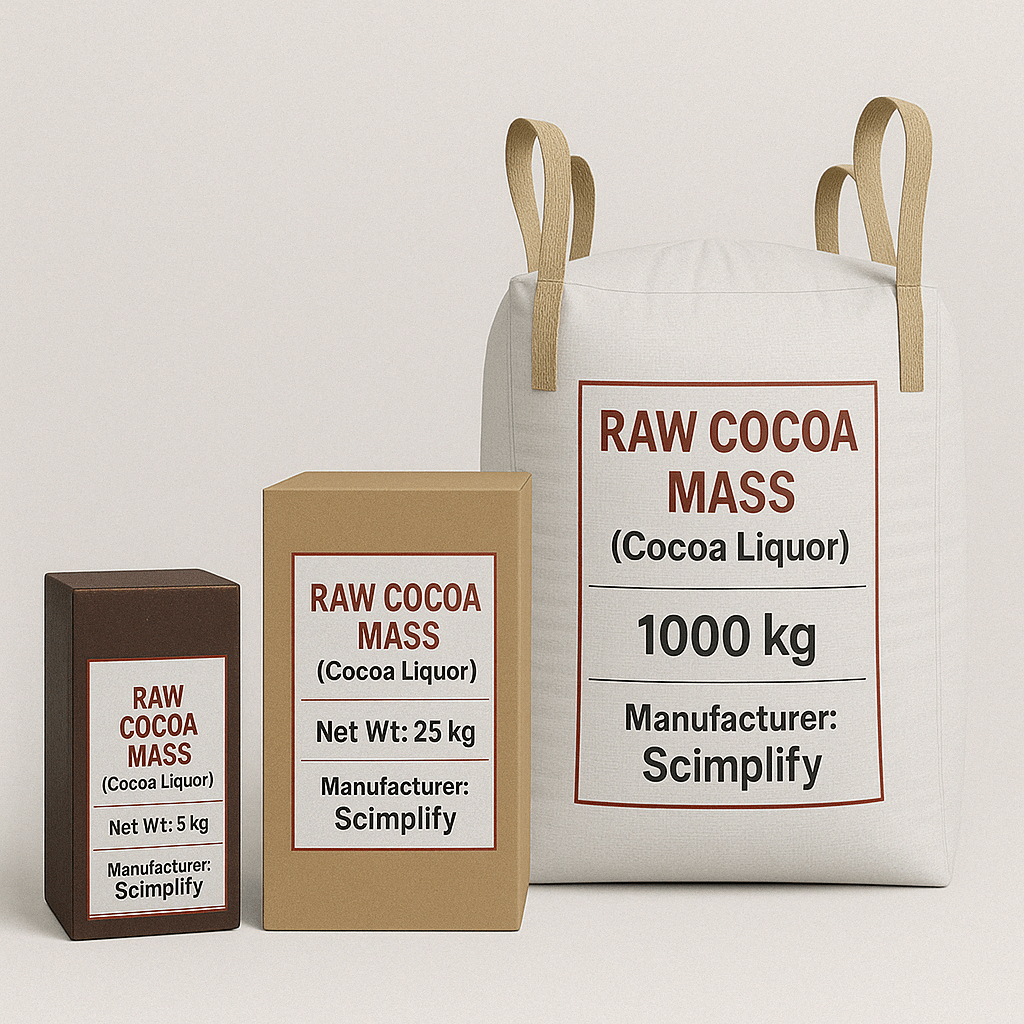
CAS No. : 84649-99-0
Category : Food Ingredients
Sub-Category : Cocoa & Chocolate Derivatives
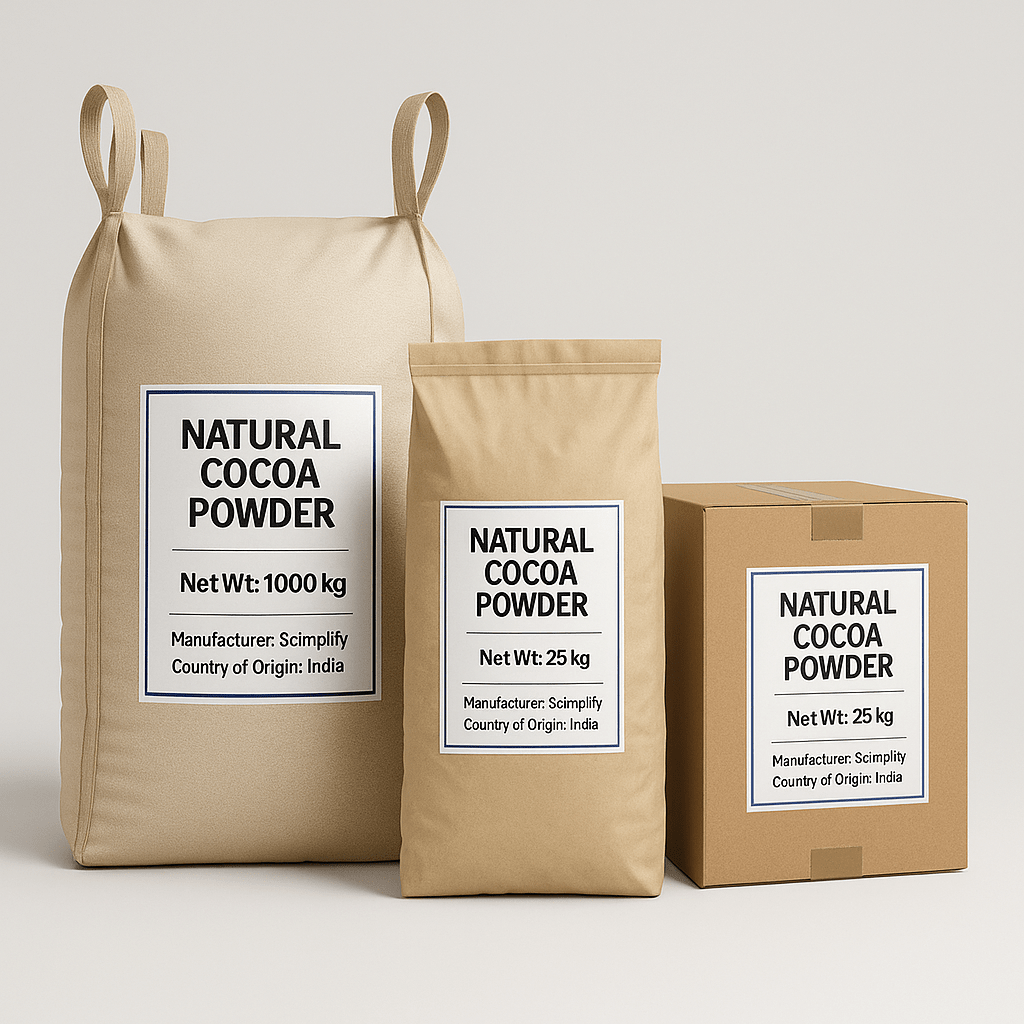
CAS No. : 84649-99-0
Category : Food Ingredients
Sub-Category : Cocoa & Chocolate Derivatives
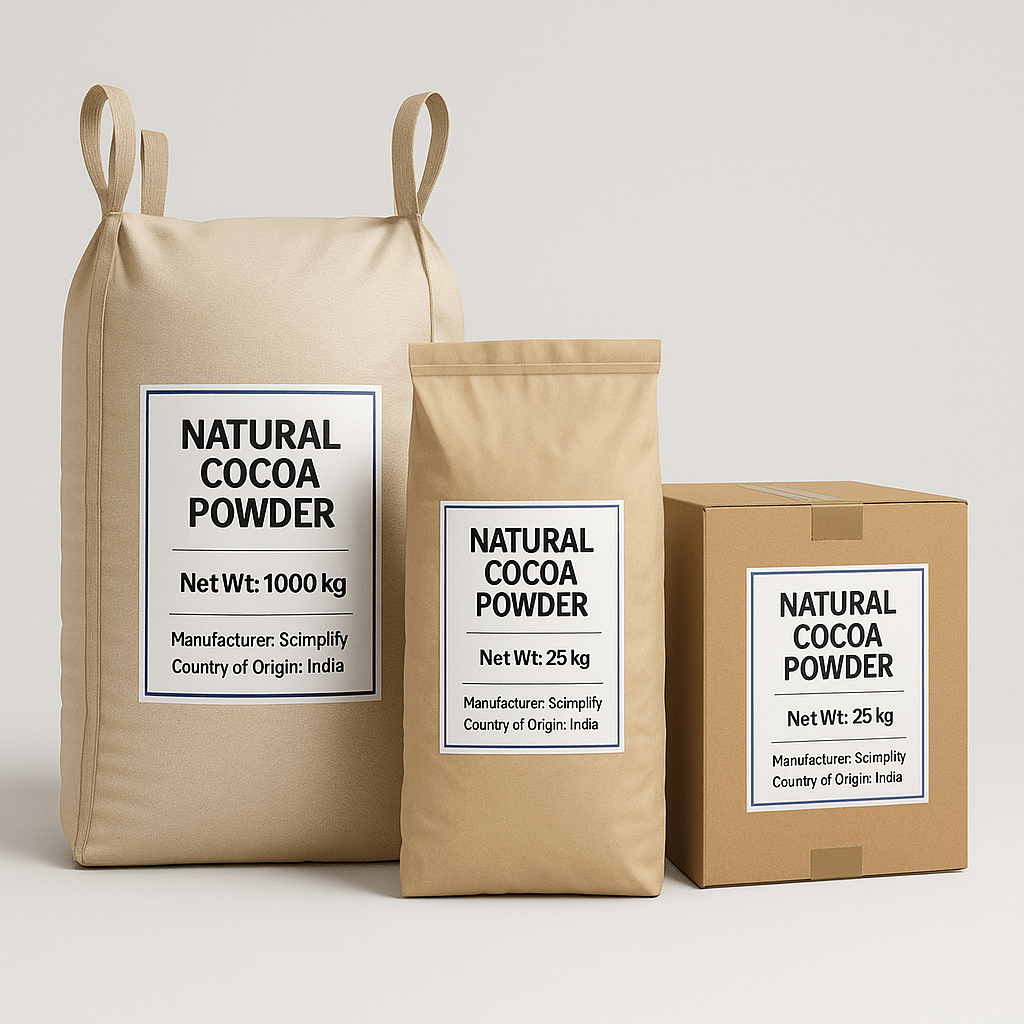
CAS No. : 84649-99-0
Category : Food Ingredients
Sub-Category : Cocoa & Chocolate Derivatives

CAS No. : 36306-87-3
Category : Fragrance Ingredients
Sub-Category : Ionones & Ketones

CAS No. : 16409-43-1
Category : Fragrance Ingredients
Sub-Category : Aroma Compounds

CAS No. : 56011-02-0
Category : Fragrance Ingredients
Sub-Category : Aliphatic Aromatic Ethers
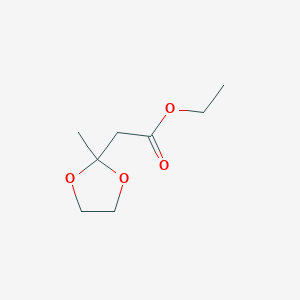
CAS No. : 6413-10-1
Category : Fragrance Ingredients
Sub-Category : Ketal Fruit Esters

CAS No. : 5182-36-5
Category : Fragrance Ingredients
Sub-Category : Aroma Chemicals
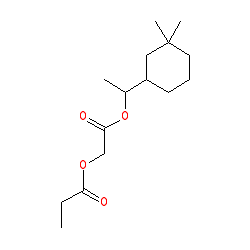
CAS No. : 236391-76-7
Category : Fragrance Ingredients
Sub-Category : Polycyclic Synthetic Musks

CAS No. : 236391-76-7
Category : Fragrance Ingredients
Sub-Category : Polycyclic Synthetic Musks

CAS No. : 119-36-8
Category : Fragrance Ingredients
Sub-Category : Aromatic Esters